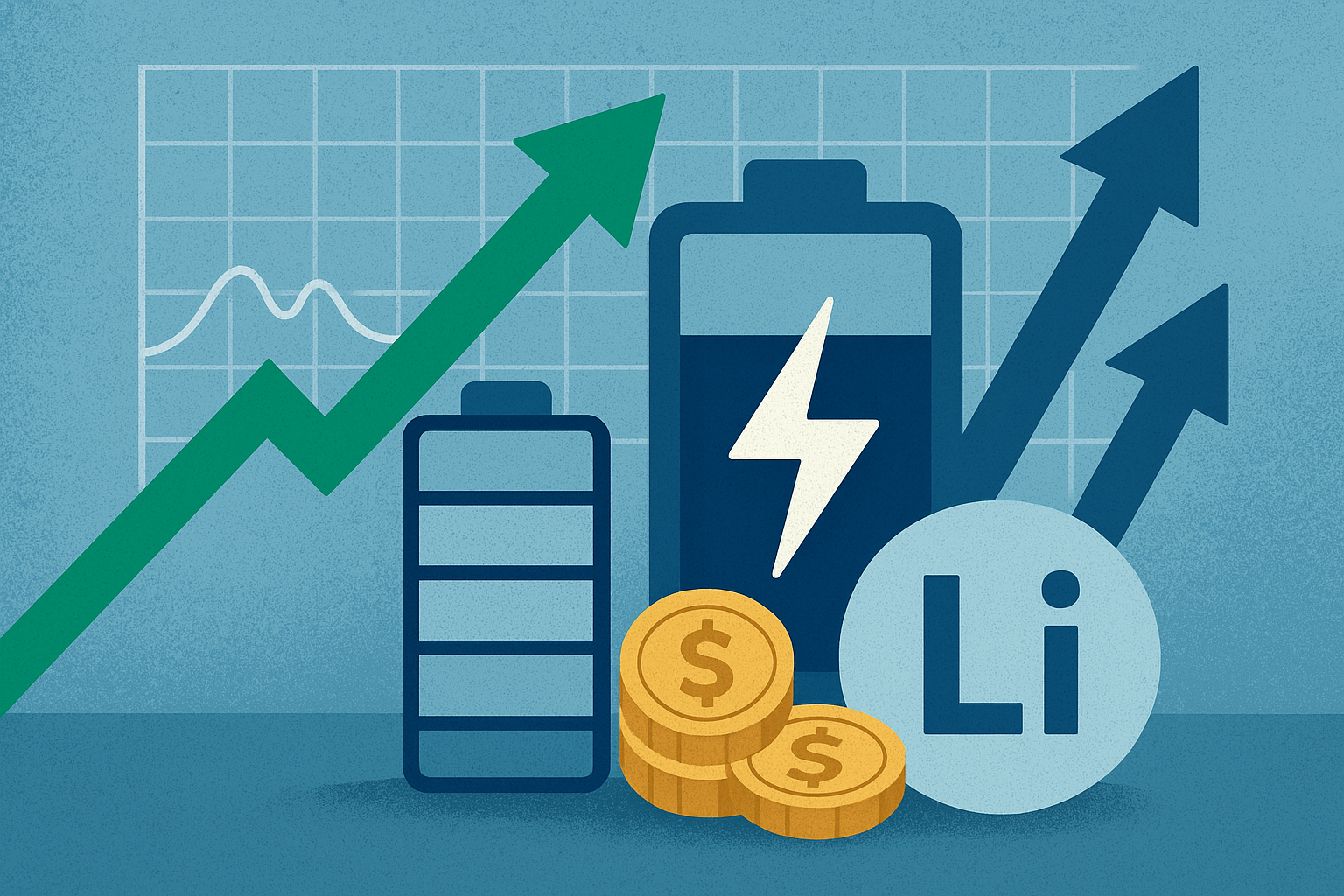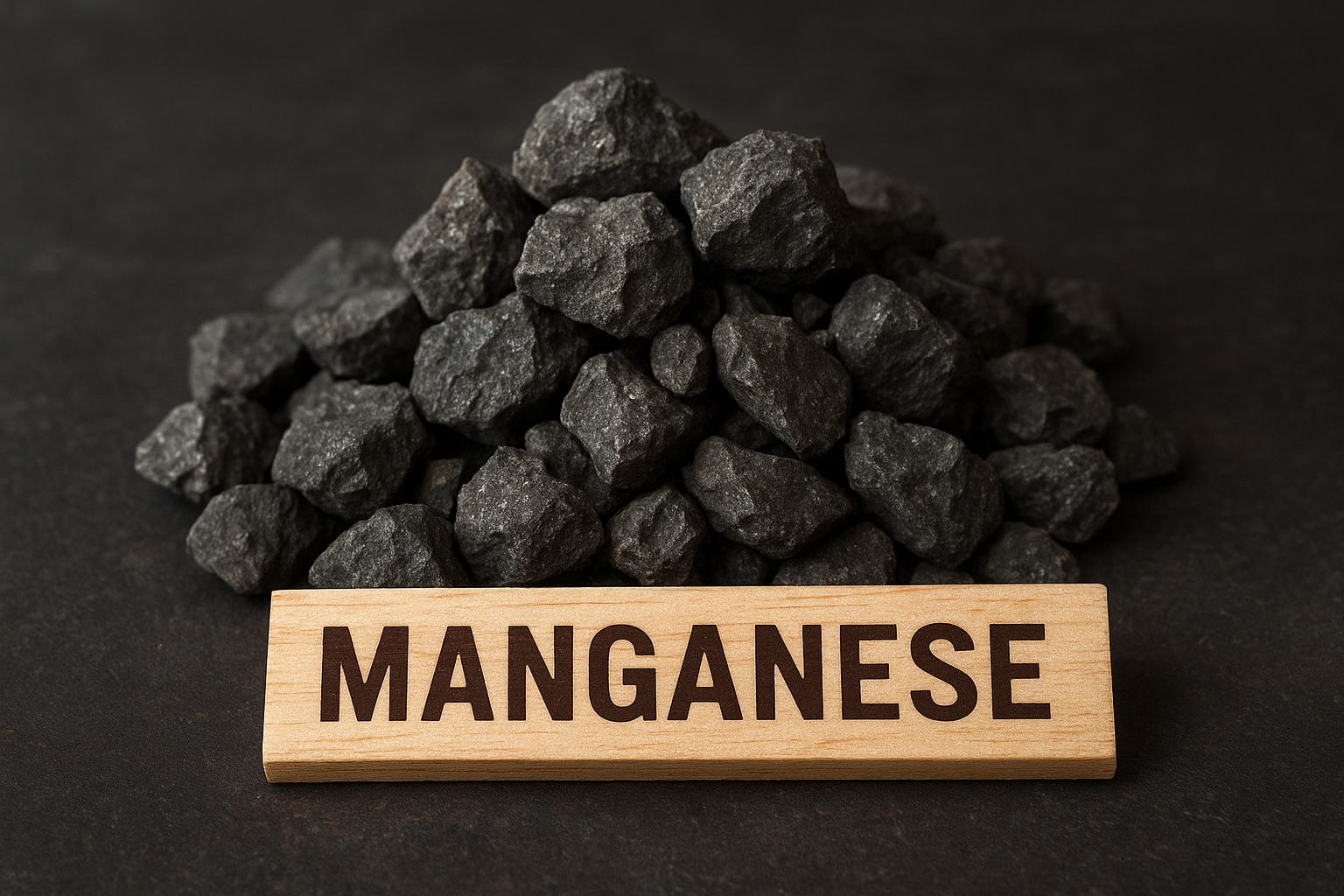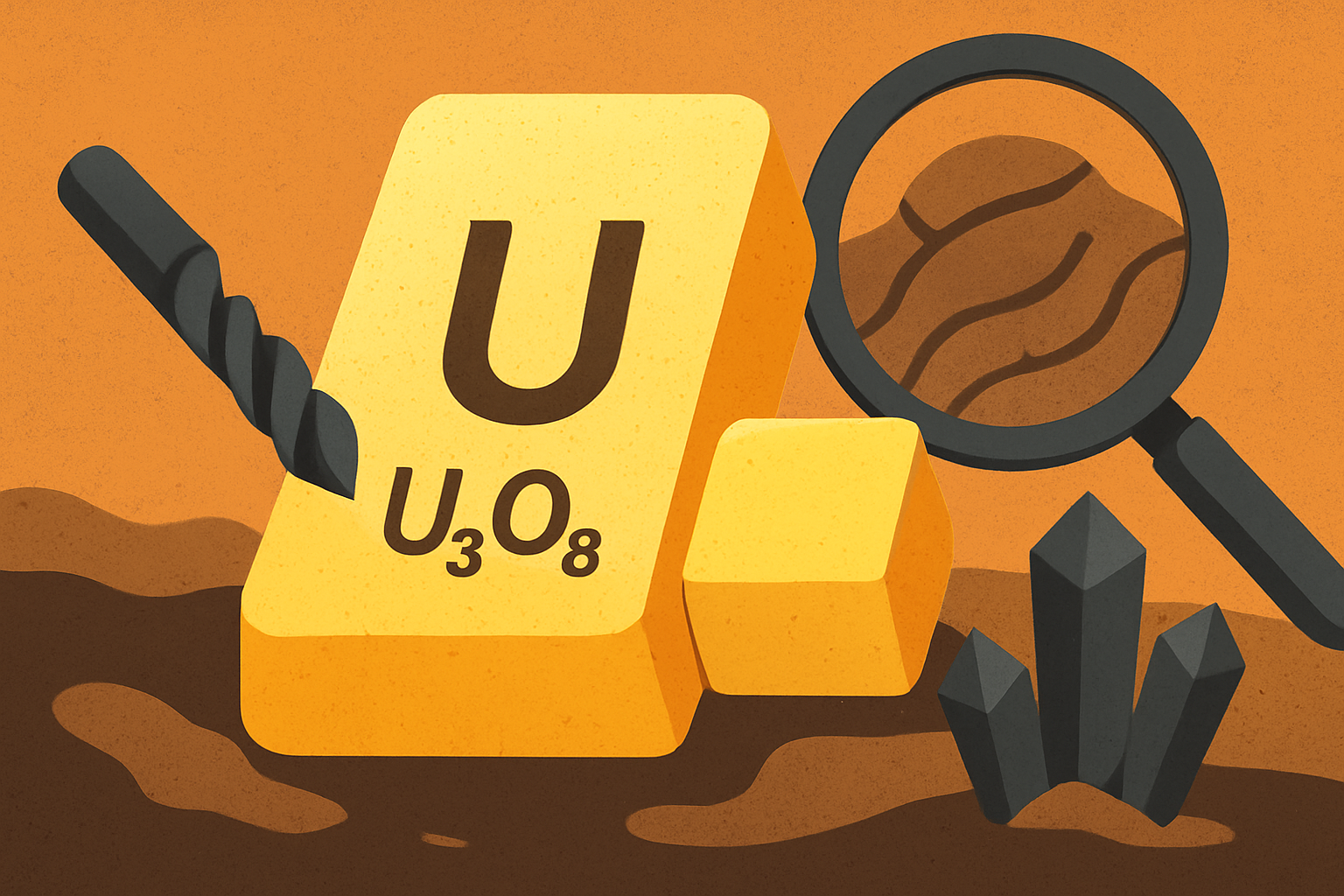The lithium market — once the star of the energy transition — is showing renewed signs of volatility heading into late 2025. Despite record-breaking electric vehicle (EV) deliveries and growing grid-scale storage projects, lithium prices have failed to sustain their early-year momentum. Benchmark lithium carbonate ended Q3 2025 around US$11,185 per tonne, down from nearly US$12,067 in August, as reported by Investing News Network (INN).
The decline underscores a core market imbalance: demand remains strong, but supply continues to outrun it.
Lithium’s Paradox: Strong Demand, Weak Prices
Throughout 2025, global EV adoption has accelerated — with major automakers like Tesla ($TSLA), BYD ($BYDDY), and Volkswagen ($VWAGY) reporting double-digit delivery growth. Yet, lithium prices have not mirrored this surge.
According to S&P Global Commodity Insights, Asian lithium suppliers are contending with “ongoing headwinds” in Q4 2025, citing high inventories, slower Chinese battery production, and a muted restocking cycle among cathode producers. This echoes a broader sentiment that oversupply from Latin America, Australia, and China has kept a lid on prices even as long-term demand fundamentals remain intact.
Analysts at Benchmark Mineral Intelligence note that “new capacity additions — particularly from brine and hard-rock projects commissioned over 2023-2024 — have outpaced actual battery demand growth by roughly 20%.”
The result: spot market weakness that’s squeezing margins for high-cost producers and discouraging new exploration investment in regions like Western Australia and the Lithium Triangle (Argentina, Bolivia, Chile).
Why This Matters for Investors
For investors, lithium’s mid-year pullback is both a cautionary signal and an opportunity. While short-term oversupply is undeniable, the structural case for lithium remains solid.
- EV Market Expansion: Bloomberg NEF forecasts that EVs will represent 35% of global light-vehicle sales by 2030, more than double current levels. That implies long-term lithium demand exceeding 1.5 million tonnes LCE annually by 2030 — a 3x increase from 2024 levels.
- Cost-Curve Pressures: With spot prices below US$12,000 per tonne, high-cost operations — particularly those reliant on older spodumene or brine technology — face narrowing margins or potential production cuts.
- Policy Tailwinds: In the U.S., renewed critical-minerals incentives under the Trump administration’s Critical Minerals Act 2025 could accelerate domestic investment in refining capacity and secure supply chains for lithium, nickel, and graphite.
Investors should also note that Chinese battery giants like CATL and Gotion High-Tech are increasingly locking in long-term offtake agreements at discounted rates — a signal that the market expects stabilization by mid-2026 rather than an immediate rebound.
The Road Ahead: Consolidation, Cost Discipline, and Strategic M&A
Industry watchers anticipate further consolidation among mid-tier producers. Companies with weaker balance sheets — such as smaller Australian explorers or Canadian juniors — could become attractive acquisition targets for established players like Albemarle ($ALB), SQM ($SQM), and Ganfeng Lithium ($GNENF).
Meanwhile, diversified miners (Rio Tinto ($RIO), BHP ($BHP)) continue exploring strategic entry points in lithium, either through partnerships or technology-driven extraction methods (e.g., direct lithium extraction or “DLE” systems).
An emerging theme is regionalization: governments in North America and Europe are pushing for domestic supply chains that reduce dependence on Chinese processing. If successful, this could create premium pricing for “clean” lithium certified under new ESG and traceability standards.
Key Investment Insight
Investors should resist the temptation to interpret short-term weakness as structural decline. Instead, the current price consolidation could serve as a strategic accumulation window for quality producers with:
- Low operating costs (< US$8,000/tonne LCE).
- Downstream partnerships (battery OEM or automaker contracts).
- ESG-aligned supply credentials.
Monitoring cost-curve data, inventory trends, and policy incentives will be crucial through 2026. Analysts expect the next meaningful price upcycle once global inventories normalize and EV growth re-accelerates in key markets post-rate-cut cycle.
Lithium’s Q3 2025 performance reflects a maturing industry grappling with growing pains. Oversupply and cost pressures are near-term headwinds, but the long-term electrification thesis remains intact. For discerning investors, now may be the time to differentiate between high-cost producers vulnerable to price swings and strategic low-cost operators positioned for the next uptrend.
For continued updates on lithium, critical minerals, and the energy-transition investment landscape, follow explorationstocks.com — your trusted source for actionable market intelligence.






